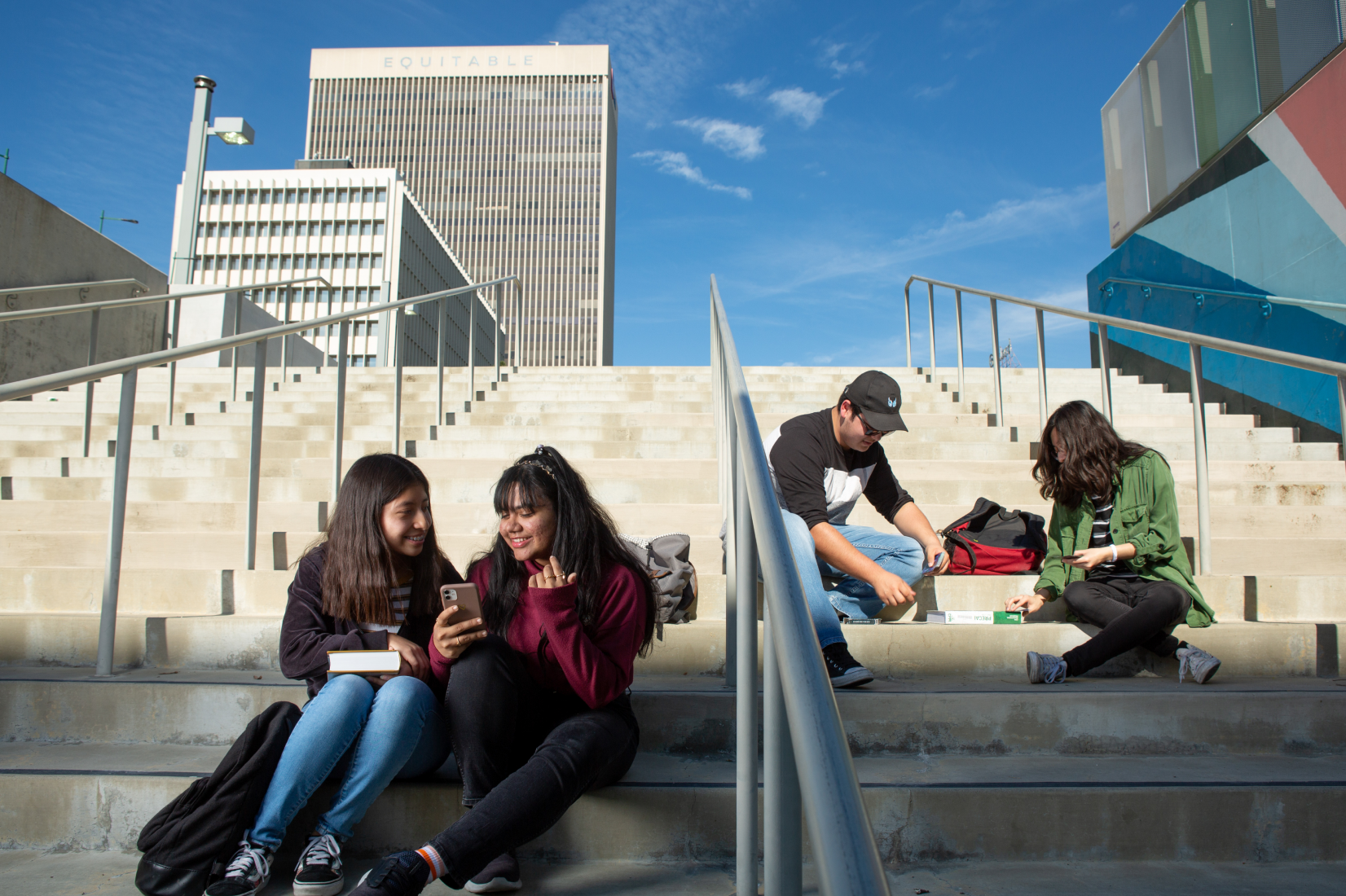Table of Contents
The pathway from two-year to four-year institutions is vital but complex.
Two-year postsecondary institutions provide a range of opportunities to a variety of students. This includes acquiring credits that students can transfer to a four-year institution so they can pursue a bachelor’s or other degree. In fact, as shown below, most bachelor’s graduates in Texas acquire credits at a two-year institution at some point in their education.
But transferring between institutions can be complex and overwhelming. Financial aid, course requirements, and other barriers can delay or derail the plans of even the most determined students.
This can be extremely costly. Students may spend time and money earning credits that don’t count toward their major at the next institution. There’s also the opportunity cost of not attaining their desired degree on time or at all. Removing barriers along the transfer pathway can help more students achieve their education goals in less time and with lower debt.
Most bachelor’s graduates have credits from two-year institutions.
In 2023, 67% of students who earned bachelor’s degrees from Texas public universities did so with at least 1 semester credit hour (SCH) from a public two-year college. In fact, one-third of the state’s bachelor’s graduates earned more than 30 SCHs from two-year institutions — equal to roughly one year of full-time coursework at most schools. However, trends since 2015 indicate that the proportion of transfer students earning bachelor’s degrees is shrinking relative to nontransfer graduates. Closer examination reveals that the number of transfer students graduating has not kept pace with the growth of nontransfer graduates from 2015 to 2023. This stagnation could be due to small decreases in the total number of students transferring from a two-year college from 2021 to 2023, but barriers encountered after transferring may also have contributed. More exploration is needed.
Transfer students experience lower completion rates and longer times to degrees.
Completion data for transfer and nontransfer students emphasize how complex the transfer pathway can be. Within the 2019 junior cohort, students who transferred into four-year institutions graduated at a rate almost 20 percentage points below the rate for nontransfer students (68% compared with 86%). On average, a transfer student’s total journey through higher education was also nearly two years longer (7.1 years compared with 5.2 years).
The Texas Higher Education Coordinating Board is working with institutions and policymakers to streamline students’ transfer pathways through the Texas Transfer Framework.



